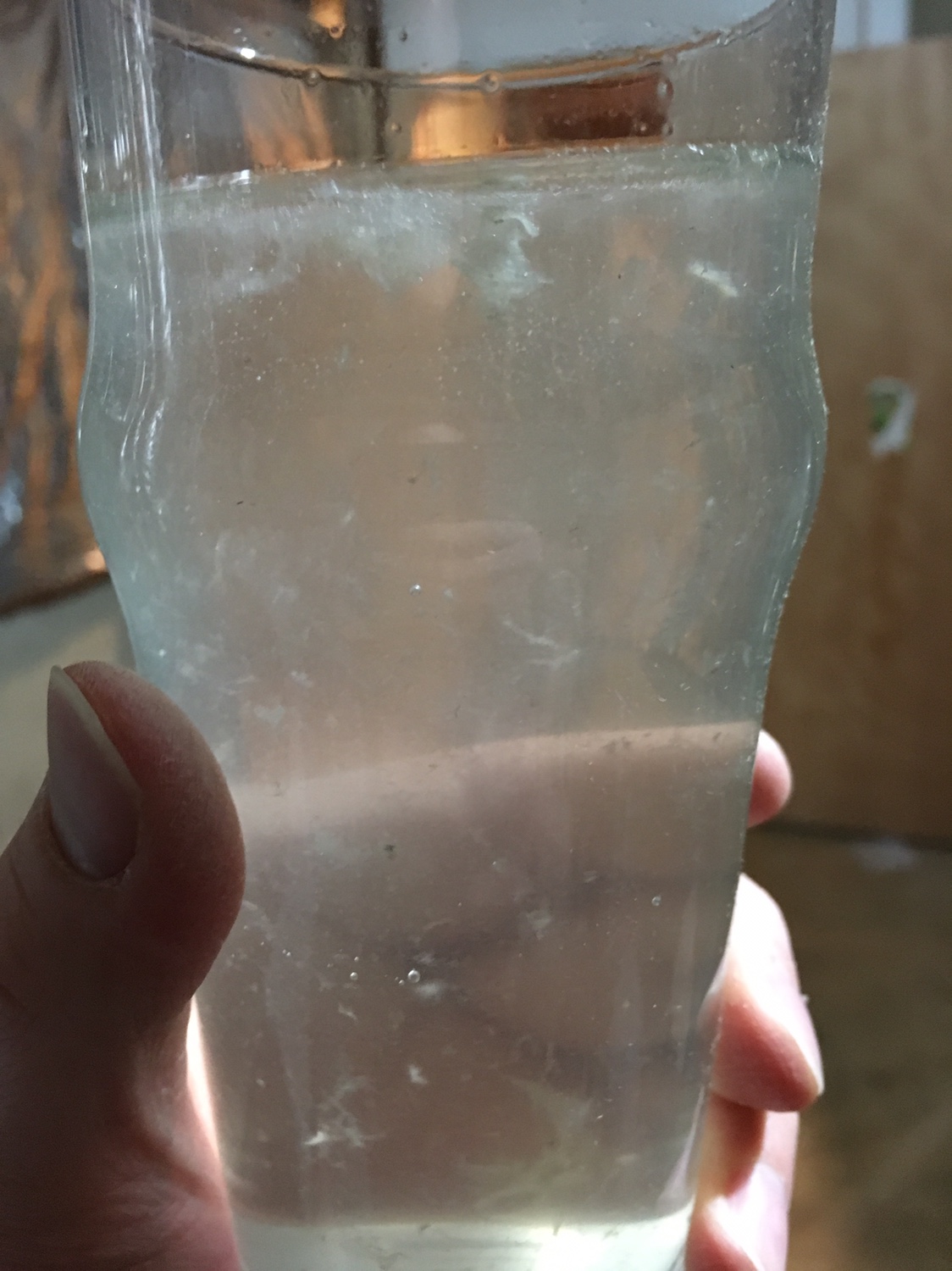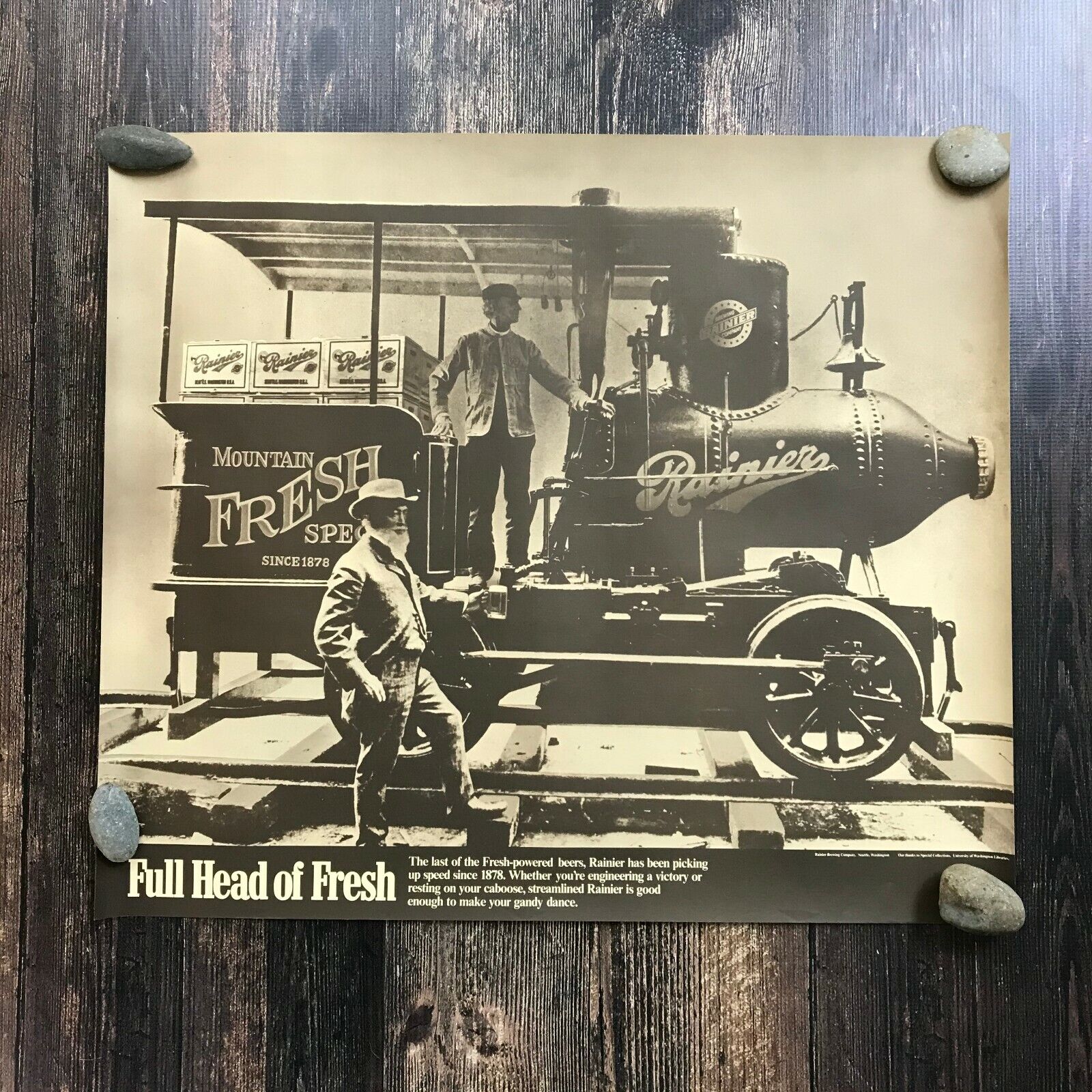rmr9
Well-Known Member
I recently got a used beer engine on eBay that I’m really excited to use! It’s in working order (tested with water) but it’s a little...gunky and gross. I’ve been searching all over for good resources as to how to take the pump apart for a good deep cleaning but I am having a hard time finding any diagrams or how-to’s. Does anyone have experience disassembling and cleaning a beer engine or know of a good resource to read?
Cheers!
Cheers!

















































![Craft A Brew - Safale S-04 Dry Yeast - Fermentis - English Ale Dry Yeast - For English and American Ales and Hard Apple Ciders - Ingredients for Home Brewing - Beer Making Supplies - [1 Pack]](https://m.media-amazon.com/images/I/41fVGNh6JfL._SL500_.jpg)












